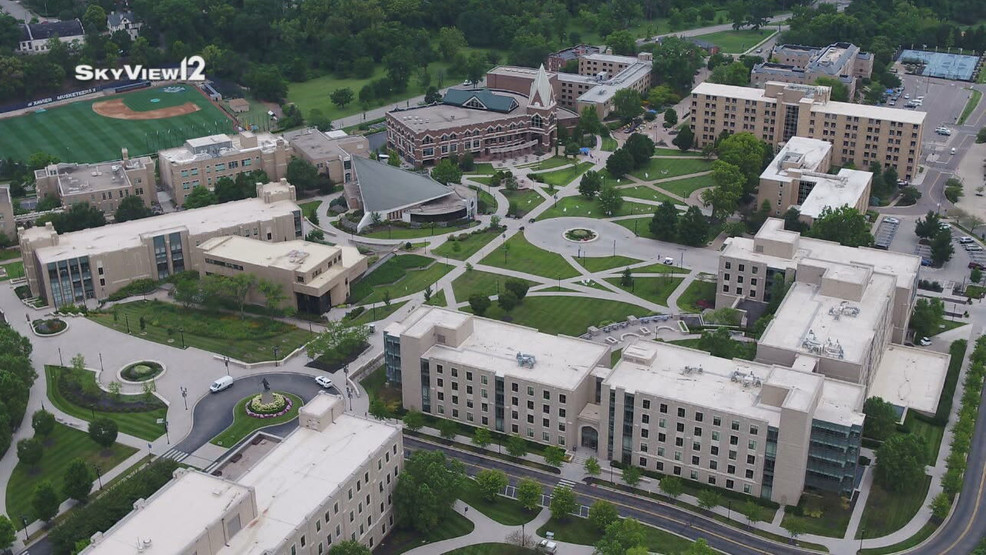Enrollment Decline at Xavier University Sparks Concerns
As the fall semester approaches, Xavier University is preparing for a significant shift in its student population. According to recent enrollment data, the university has experienced a noticeable drop in student numbers over the past year. From spring 2024 to spring 2025, total enrollment decreased by approximately 7%, with the 2025 count standing at 5,240 students compared to 5,648 in 2024. This decline has raised questions about the future of the institution and how it plans to adapt.
Robert Kelchen, an expert in higher education finance, notes that while Xavier is not facing an immediate threat of closure, the reduction in enrollment signals a growing concern among administrators. He explains that private institutions like Xavier rely heavily on tuition and housing revenue to maintain their budgets. As a result, they often implement cost-cutting measures when enrollment declines. Kelchen also points out that students are becoming more aware of the financial implications of higher education, which has contributed to a nationwide trend of fewer students enrolling in college.
In contrast, larger public universities such as the University of Cincinnati (UC) have seen continued growth. UC reported record-breaking enrollment in 2024, reaching 51,000 students. Over the past 20 years, UC’s enrollment has increased by an average of 10% every five years, rising from 34,000 in 2003 to 51,000 in 2024. This steady growth highlights the advantages of larger institutions in attracting students and maintaining financial stability.
Kelchen suggests that Xavier faces unique challenges in competing for students. While the university has a strong presence in athletics, he notes that this area is highly competitive. Additionally, he emphasizes that social life and the overall college experience play a significant role in student decisions. “Xavier doesn’t offer the same breadth of experiences that a much larger university can offer,” he said. Students who grew up during the pandemic may be seeking the traditional college experience, which larger schools are better positioned to provide.
Miami University: A Balanced Approach
Bethany Perkins, assistant vice president of admission at Miami University in Oxford, describes her institution as a “Goldilocks” option for students looking for a well-rounded college experience. She highlights that Miami offers the opportunities typically associated with high-value institutions, even though it is a public university. Perkins notes that the university is expecting around 4,500 first-year students this fall, a number that has remained relatively stable in recent years.
Miami University has also seen a surge in applications, with nearly 43,000 submissions recorded—its highest number ever. Perkins attributes this interest to factors such as affordability, strong graduation rates, and competitive post-graduation salaries. She mentions that Miami holds the top graduation rate among all public universities in Ohio, making it an attractive choice for students seeking both quality education and long-term success.
Navigating Financial Challenges
Despite these positive trends, Xavier University is grappling with financial pressures due to declining enrollment. The university has announced plans to cut jobs, but these will not affect full-time faculty members. Instead, the cuts will target temporary workers and two executive positions. Kelchen suggests that scholarships could help attract more students, but this would require careful management to avoid creating further financial strain. He also notes that marketing and recruitment efforts are common across institutions, making it challenging for Xavier to stand out in a competitive landscape.
As the higher education landscape continues to evolve, universities must find innovative ways to adapt to changing student needs and financial realities. For Xavier, the path forward involves balancing cost management with strategies to enhance student appeal and ensure long-term sustainability.







